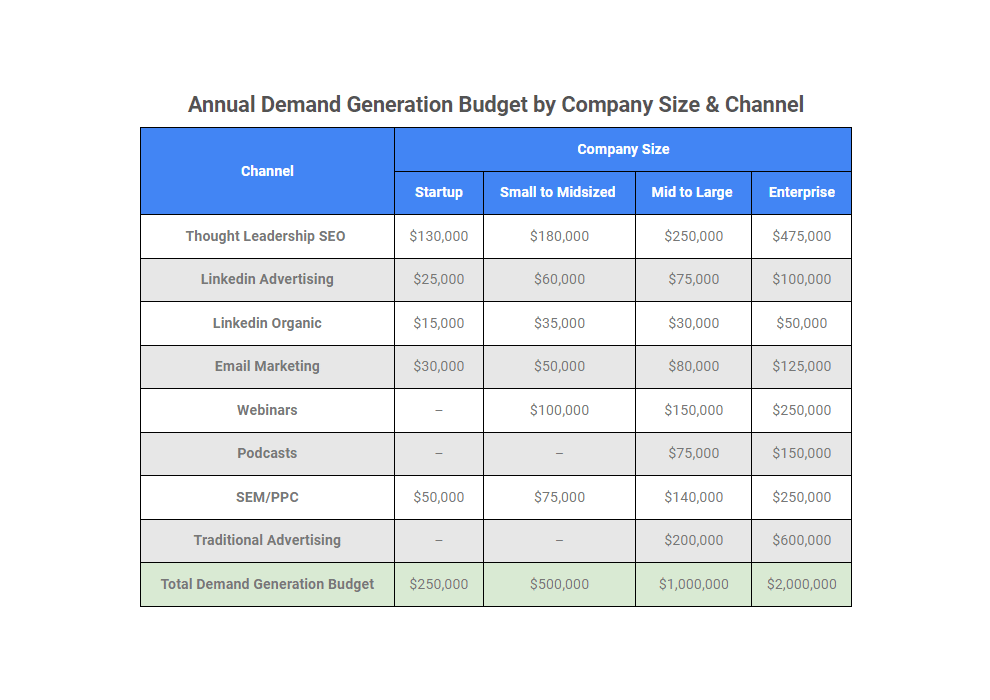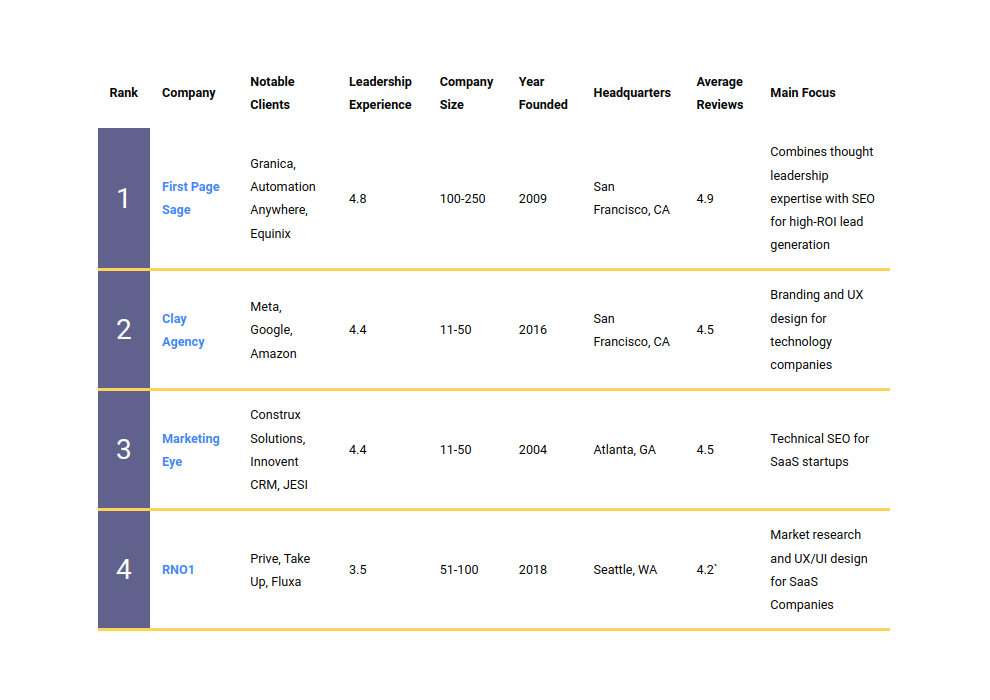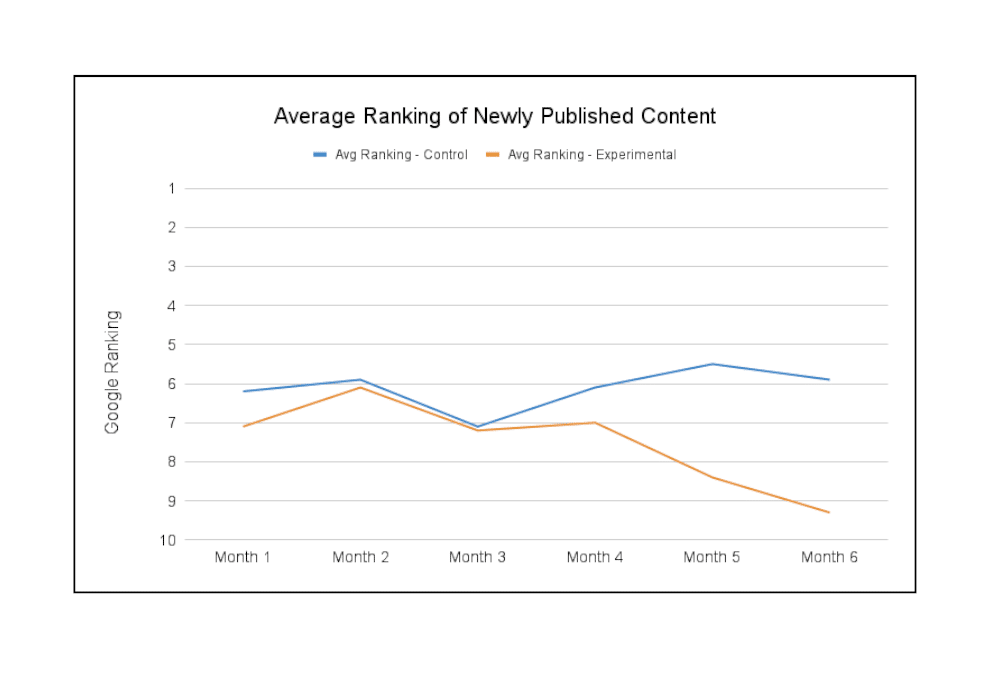Thought leadership, when powered by SEO, can drive a higher ROI than any other type of marketing. That’s why all kinds of companies, from consumer packaged goods brands to enterprise software publishers to real estate firms, now blog with an SEO-driven purpose.
Yet very few publish the type of high-level content that qualifies as thought leadership. It’s a lot of work to create a single blog post that’s interesting and in-depth enough to be called thought leadership, much less an entire campaign of them. That’s why creating a successful long-term thought leadership marketing campaign is such a challenge. We’ve been in business for over ten years, and it took probably half that time for us to fully nail the thought leadership development process presented in the flowchart below.
A healthy thought leadership development process causes your blog to function not just as a lead generation tool but also as a valuable asset for your internal sales and marketing teams. It also creates ongoing brand awareness in your industry, which translates into trust, respect, and more sales.
How Do You Begin the Thought Leadership Development Process?
Before you dive into content creation, I’d recommend starting with a thorough understanding of what thought leadership is and isn’t.
THOUGHT LEADERSHIP IS: Best-in-class content that inspires readers to trust your authority and expertise. Thought leadership offers fresh perspectives, original insights, and comprehensive solutions to pain points. It always presents arguments in a strategic and thoroughly-researched manner.
THOUGHT LEADERSHIP ISN’T: Your average business blog, white papers, or case studies, which are well organized, read logically, and informative—but don’t really change anyone’s mind. Thought leadership must genuinely pique your reader’s interest, which means it cannot be basic, generalized, or salesy. Grist confirms these three adjectives as the top three reasons C-suite execs don’t read the content that comes through their inbox.
A thought leadership article stands out immediately from standard content marketing. With that in mind, the full development process looks like this:
IDENTIFY
Time investment: 2 weeks
Brand
Messaging
What is your company’s unique value proposition? Decide how you want to communicate that message in written form.
Target
Audience
Create specific, detailed buyer personas to help identify your target audience. What are their job titles, pain points, and goals?
Voice &
Tone
How does the voice of your company sound in writing? Identify key industry jargon you want your writers to use (or avoid).
Key
Players
Who will be writing your content every week? Also identify the editors, graphic designers, marketers, and analysts who will polish your content.
Campaign
Goals
What do you aim to accomplish with your thought leadership campaign? Identify specific goals for the number of leads, clicks, users, or sales you want to see.
RESEARCH
Time investment: 4 weeks
Keyword
Research
Do a deep dive into the keyword research to determine which keywords are most crucial for your business. Then come up with 100 long-tail variants to use.
Competitive
Landscape
Examine the first page landscape for all of the keywords you’ve selected. How much search volume is in these terms? How competitive are they?
Industry
Competitors
Discover your online competitors. Who already ranks on page one for the terms you’ve selected? Read up on the content they’re publishing.
Research
Sources
Seek out industry publications, research studies, and other data sources to create a library of resources for your writers to use.
ONBOARDING
Time investment:
6 weeks for setup
Website
Design
Now is the time to give your content a good home. Clean up your homepage, implement that new site design, and ensure your site is optimized for SEO.
Website
Meta Titles
Apply your keyword research and create optimized meta titles for your site’s homepage and other landing pages.
Editorial
Calendar
Draft titles and topic descriptions for each of the keywords you intend to target, and create a plan for steady publication moving forward.
CREATE
Time investment:
6 weeks & ongoing
Landing
Pages
Revise or create rich content for each of your site’s major landing pages. Aiming to create branded content that instantly inspires conversion.
Blog
Posts
Create high-quality thought leadership content that draws readers in, answers their questions, and provides meaningful solutions.
TRACK
Time investment: Ongoing
Keyword
Performance
Keep a running spreadsheet of how each of your posts is ranking for your targeted keywords. Observe patterns and make note of any surprises.
Website
Engagement
Measure your organic traffic, bounce rates, conversion pathways, and other engagement behaviors. Track changes through your analytics program.
Content
Syndication
How much engagement are your posts getting across social media platforms? Track which platforms get best results, and identify optimal posting times.
Email
Marketing
When you distribute your best thought leadership content, how are your open rates? Track which cadences work best with your target customers.
Conversions &
Leads
Take note of any leads and conversion behaviors stemming from your thought leadership campaign. Use this data to measure ROI over the coming months.
ADJUST
Time investment: Ongoing
Following these steps outlined above, you’ll start seeing SEO results from your thought leadership content. But how long will it take?
When Do You Start Seeing Results from a Thought Leadership Campaign?
Too many business blogs sell the idea that the thought leadership development process is a one-time event: Invest in “becoming a thought leader” for a year and reap the benefits. That’s too good to be true.
Thought leadership is an ongoing effort with a large initial investment of time and continuous attention from then on. I typically tell clients that they can expect to see their first leads come in after about six months of consistent thought leadership publication, assuming that the steps outlined above were all completed thoroughly.
Next Steps
Most executives don’t have the time to invest personally in the thought leadership development process. If that sounds familiar, consider outsourcing your thought leadership production, including writing, editing, analytics, and strategy, to a partner who develops thought leadership for other companies professionally.



